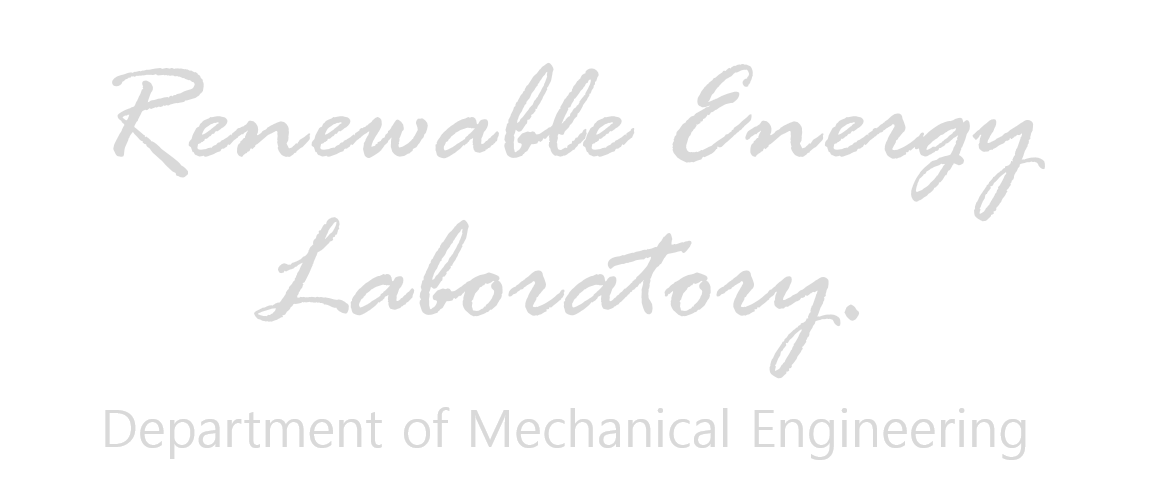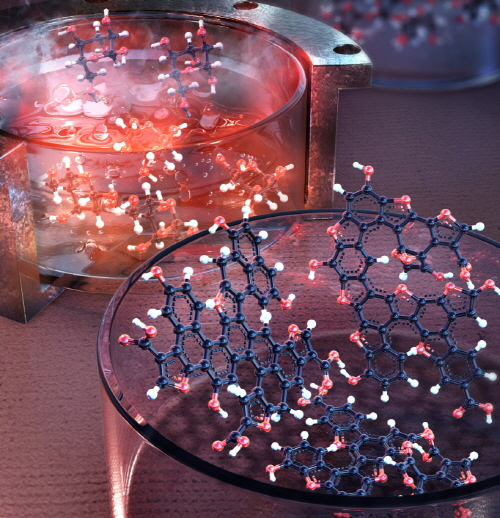Recent papers
-
Efficient heat dissipation by ion-mediation assembled reduced graphene oxide
A clear solution for efficient thermal management of light emitting diodes (LEDs) is elusive, which is critical for general purpose lighting. Here, a hierarchical porous structure of reduced graphene oxide through ion-mediation (IMA-rGO) is developed for efficient heat dissipation. Compared to existing copper materials, IMA-rGO yielded the highest cooling efficiency of 36.5% through the simple and easily scalable ion-mediation process. This highly efficient heat dissipater lowered the operating temperature of a high power commercial LED from 75 °C to 59 °C, leading to a reduction in the required energy and an increase in device lifetime. With the features of a simple, scalable process and excellent heat dissipation performance, the IMA-rGO…
-
High Power Density Electrochemical Thermocells for Inexpensively Harvesting Low‐Grade Thermal Energy
The transition from a world that largely depends upon fossil fuels to one that widely utilises sustainable energy requires the development of cheaper and more powerful energy-harvesting technologies. The efficient harvesting of waste heat is a promising strategy to help meet this global need. Waste thermal energy is everywhere, from in our combustion-powered vehicles to in waste streams from chemical and power plants, and little is being harvested as electricity. Research into means for thermal to electrical energy conversion has predominantly focused on solid-state devices that use expensive semiconductors. However, the cost effectiveness of these devices, particularly for harvesting the abundance of “low-grade” (< ca. 150 °C) waste heat sources,…
-
An efficient reduced graphene-oxide filter for PM2.5 removal
Air pollution has a considerable impact on human beings among environmental problems. In particular, particulate matter less than 2.5 micrometers in diameter (PM2.5) is the biggest problem that threatens human health. In this work, we present a filter that removes PM2.5 at high efficiency with a low pressure-drop. A high surface area afforded by a two-dimensional nanomaterial of reduced graphene oxide (rGO) and a highly porous structure provided by rGO foam render the filter efficient and enable low pressure drop operation. The filter with the rGO foam formed on both sides of a copper mesh plays the role of removing the outdoor PM and at the same time purifying the indoor…
-
High-Performance Field Emission from a Carbonized Cork
To broaden the range of application of electron beams, low-power field emitters are needed that are miniature and light. Here, we introduce carbonized cork as a material for field emitters. The light natural cork becomes a graphitic honeycomb upon carbonization, with the honeycomb cell walls 100–200 nm thick and the aspect ratio larger than 100, providing an ideal structure for the field electron emission. Compared to nanocarbon field emitters, the cork emitter produces a high current density and long-term stability with a low turn-on field. The nature of the cork material makes it quite simple to fabricate the emitter. Furthermore, any desired shape of the emitter tailored for the final…
-
Synthesis of a Carbonaceous Two-Dimensional Material
Despite tremendous accomplishments achieved in 2D materials, little progress has been made in carbonaceous 2D materials beyond graphene and graphene oxide. Here, we report a 2D material of carbonaceous nanoplates (CANP). The bottom-up synthesis of CANP is green, separation-free, and massive. The nanoplates are 2 to 3 monolayers thick with an average interlayer spacing of 0.57 nm. The synthesis involves viscosity-aided two-dimensional growth of fragmented glucose derivatives and leads to the complete conversion of glucose to the 2D nanoplates. Application tests demonstrate the usefulness of the affordable 2D material. Synthesis of a Carbonaceous Two-Dimensional Material. T. Kim,† J. Lee,† G. Lee,† J. Lee, H. Song, J. Y. Jho, H. H.…






